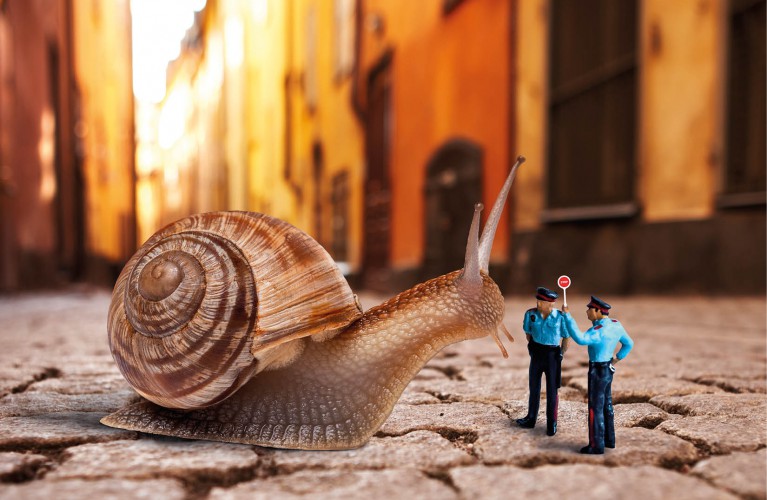
The Eiffel Tower in Paris, a tower in wrought iron, is one of the main attractions and symbols of the city of Paris.
It was designed by the engineer Gustave-Alexandre Eiffel (who also designed the Statue of Liberty) for the 1889 world exhibition, celebrating the centennial of the French Revolution. Originally the tower was meant to be removed once the exhibition held at the Field of Mars was over.
A milestone of contemporary architecture, the tower was one of the first buildings in wrought iron ever carried out on such grand scale.
The building is made of 7,300 tons of iron and is now 324 m. high, including the modern TV antenna, while originally it measured 312.27 m. in height. At its base there are four arched pillars, supporting together the whole structure, which thins out as it goes upward and which features three platforms with panoramic viewpoints.
The Paris Eiffel Tower was built over less than two years, from 1887 to 1889, and it was meant to serve as entry point to the 1889 world exhibition, organized to celebrate the centennial of the French Revolution. Inaugurated on March 31st, 1889, it was officially opened on May 6th of the same year.
The Chaillot hill , where the marvellous Trocadero stands facing the Eiffel Tower, was the place chosen by Napoleon to build the most extraordinary palace in the world. But, by the fall of the Napoleonic Empire, only the bastions had been built.
The present building, with its wonderful pavilions, was planned by Azéma, Louis-Auguste Boileau and Jacques Carlu, and decorated with sculptures and bas-reliefs.
The poet Paul Valéry wrote golden inscriptions on the giant facades.
From the terrace, we can enjoy a wonderful view over the Trocadero’s garden, the River Seine, Eiffel Tower and the play of water in the fantastic fountains.